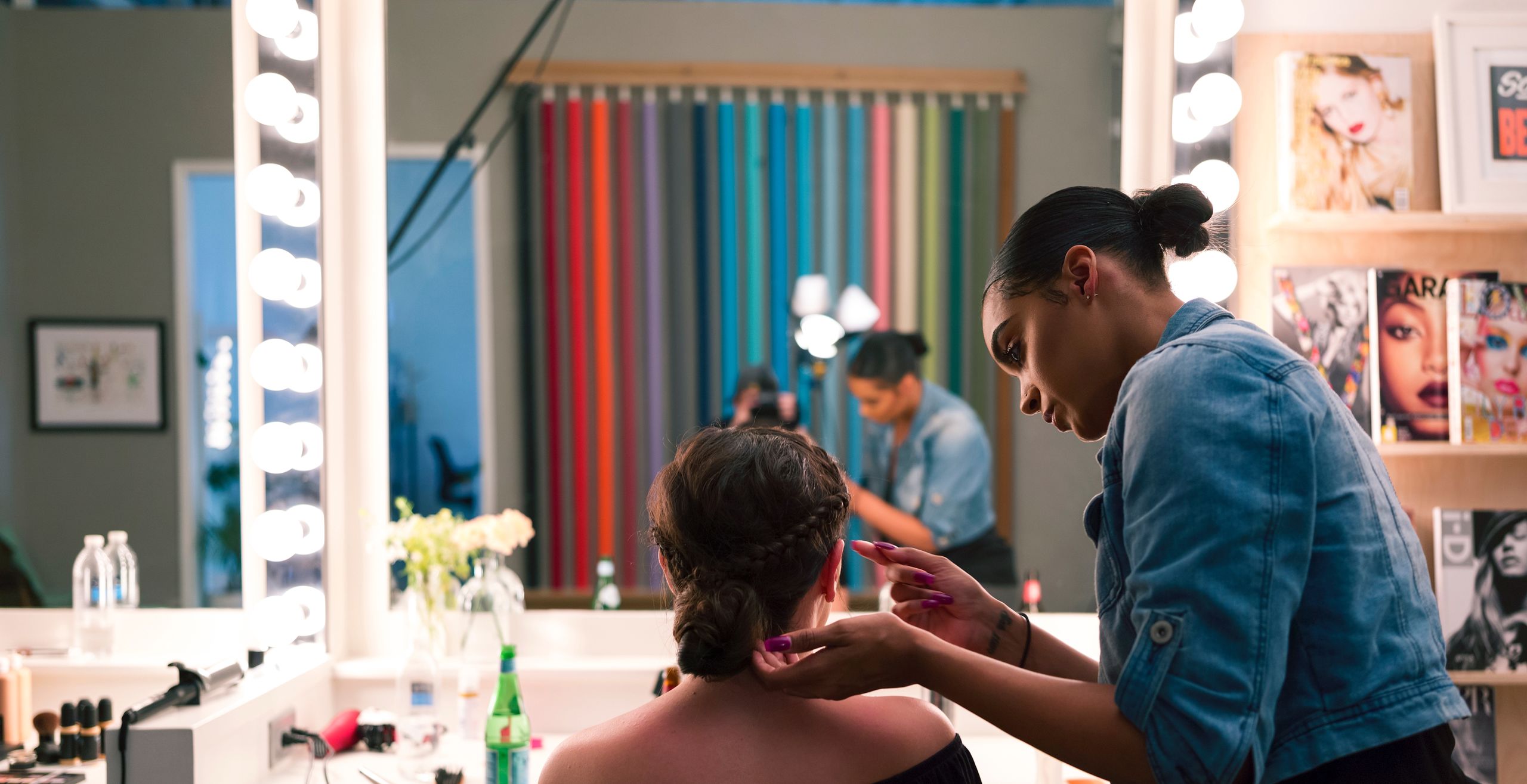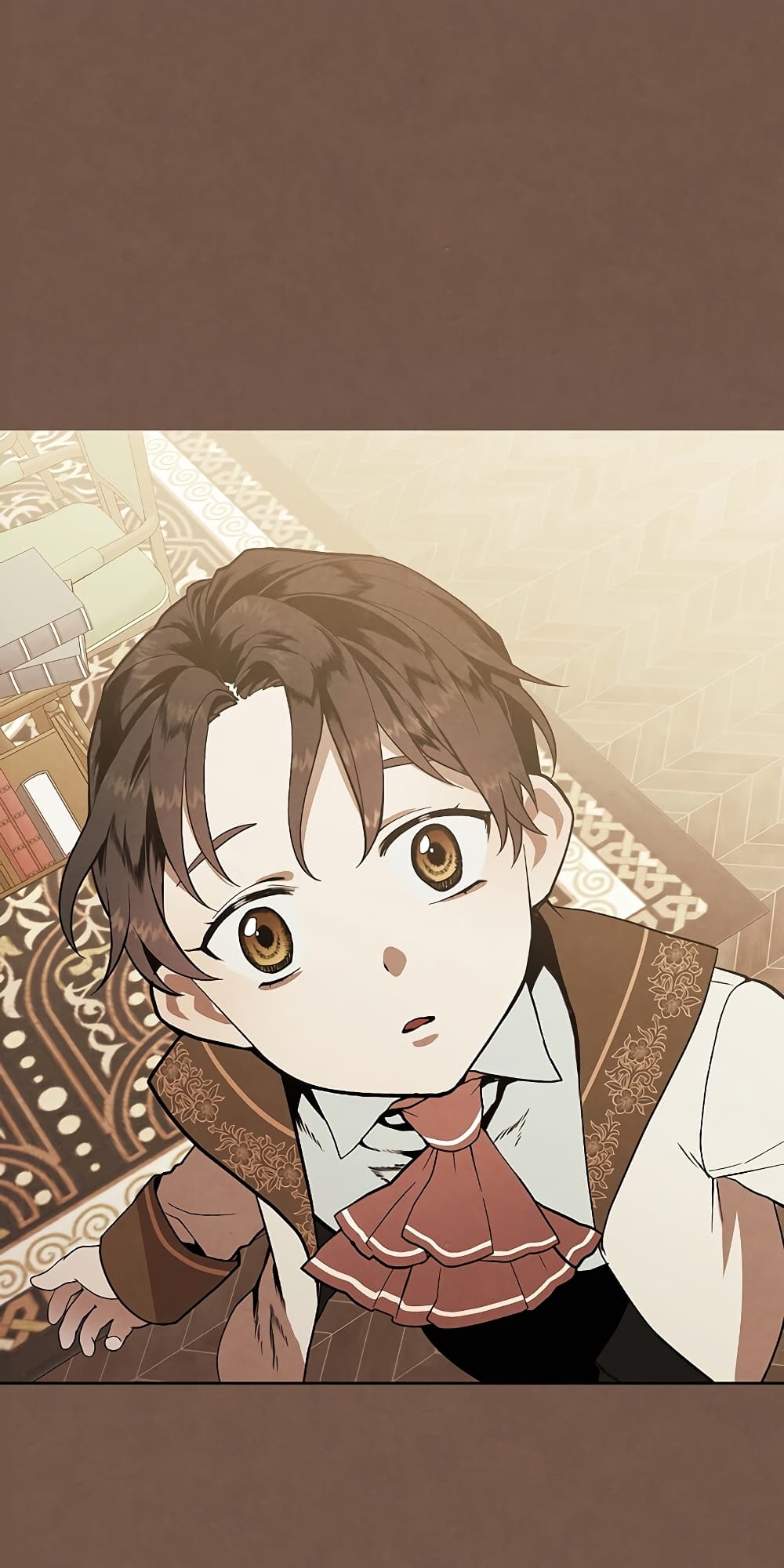Table Of Content

Sure, depending on your hair texture, your stylist might wet your hair before cutting it. And while it may seem tempting to replicate that salon experience and follow the same approach when cutting your hair at home, Fitzsimons says it's not necessarily the best option. Wet hair allows stylists to achieve precise lines, but it's important to remember that they have had professional training. The blunt edge can, in fact, cause more split ends, so you’re better off investing in a pair of razor-sharp hairdressing scissors.
Step 4: Bring the Scrunchie Around the Front and Cut
If you have very straight hair, you’ll need to keep your hair wet so that you can get each snip perfectly even. However, curly hair can look entirely different when it’s wet than when it’s dry (it is called shrinkage), so it’s often safer to cut hair dry, in its natural state. If you’re not sure whether to cut your hair wet or dry, just copy what your regular hairstylist does at the salon. Professional shears usually cost several hundred dollars, so buying a pair doesn’t make sense for a layperson. But your hair deserves an upgrade from kitchen scissors, which, our experts said, should never be used for hair. Regardless of hair type, a basic pair of sharp shears will do the trick.
Recommendations
With so many 5-star reviews, Saiza scissors are said to deliver professional results. The scissors are made from stainless steel and feature ergonomic offset handles, convex edges for a smoothing cutting action and can be used on wet or dry hair. If you trim your hair a few times a year on your own, it's worth it to buy a pair approved by your stylist.

Short Hair Types
Featuring 30 teeth for expert thinning and an adjustable screw to make sure they're comfortable - these thinning scissors will get the job done well. At-home styling is not for everyone, but if you do grab the scissors, make sure to use these tips. We'd never advise learning how to cut your own hair instead of making an appointment with your hairdresser. If you want to stretch the period in between trims, do not forget proper haircare. Use conditioner and/or a hair mask whenever you wash your hair (unless your hair is oily), and use a good coconut oil to keep your hair hydrated and healthy. Make sure you find one you like and apply it on the ends of your hair before going to bed.
If you’re hearing the siren call of aesthetic change or just feeling annoyed by the relentless flopping of bangs in your eyes, you may be itching for a trim. But because most salons are temporarily closed, it has become almost impossible to get a professional haircut. If you’re considering taking matters into your own hands, read this first. We asked four professional stylists to tell us about their best tips and tools for anyone who may be tempted to cut their hair at home.
We’re big fans of DIY when it comes to hair, from making your own masks to at-home dye touch-ups and even the occasional (careful) bang trim. Cutting your own hair, however, is a tougher sell—there’s a reason we're loyal to our hairstylists. Still, sometimes it’s inevitable, and we’d never let you go at it alone.
' says Sam Burnett, owner and Creative Director of Hare and Bone. But obviously over the past twelve months, we've had to take matters into our own hands (some of you have even been brave enough to learn how to dye your own hair). Now that salons are back open, we have access to the professionals again, but most salons are booked up for months (can you blame them?). So even though you might have managed to get an appointment booked in, it may not be for a while. Basically, you simply need to buzz cut your own hair at a definite area of your head (most often, the nape). Pop the majority of your hair in a bobble, leaving a few centimeters of hair loose at the back of your head.
Sometimes, being cooped up inside can lead to a lot of rash hair decisions being made. It almost feels as if you’re going through a bad breakup and going through a whole hair journey about it. But, as countless hairdressers have said before, and will continue saying for the rest of eternity, it’s best that you don’t cut your own hair and, instead, wait until you can go to a professional. But, if desperate times call for desperate measures, I’ve sourced some advice straight from the experts on how to cut your own hair. With those tips in mind, follow the below step-by-step guides from hairstylist Lee Stafford to get DIY haircutting right.
10 Ways to Cut Your Own Hair - How to Give Yourself a Haircut - Good Housekeeping
10 Ways to Cut Your Own Hair - How to Give Yourself a Haircut.
Posted: Tue, 13 Sep 2022 07:00:00 GMT [source]
Now that you've got the basics down, we've rounded up the best instructional videos below to help you cut your own hair at home, no matter what kind of cut you're looking for. There are several different ways to cut a fringe, four of which we've covered in our step-by-step guide which you can read here. Choose between the twist and cut (ideal for full fringes), the razor technique (for a soft, feathered finish) or the point cut technique. For more guidance, watch the Kardashians' Hair Stylist, Jen Atkin's useful tutorial on how to shape the front section of your hair at home.
Cutting your hair is more complicated than it looks, and this guide is not one-size-fits-all, but it should at least help you figure out the basics on where to start. This hack to cut layered hair has never failed us and looks good on most face shapes too. Now, with your scissors, cut it straight, a few inches from the ends (trust us, this works). If you want the layers to be very accentuated, do a higher ponytail.
Stick to a simple trim and leave the drastic cuts to the pros. If a visit to the salon is out of the question, heed this advice from celebrity hairstylist and Biolage Brand Ambassador Sunnie Brook. The way you hold each section and scissors will greatly impact how your at-home haircut will turn out. Marjan recommends pulling the hair straight upward with your fingers because it's the easiest way to make sure the length is even overall. Then, place your scissors parallel to the hair peeking through your fingers and snip hairs vertically rather than straight across. Before we get into why you’re here — to learn how to cut your own hair in the comfort of your own home — it’s important to note how much we’d rather you see your hairstylist.













